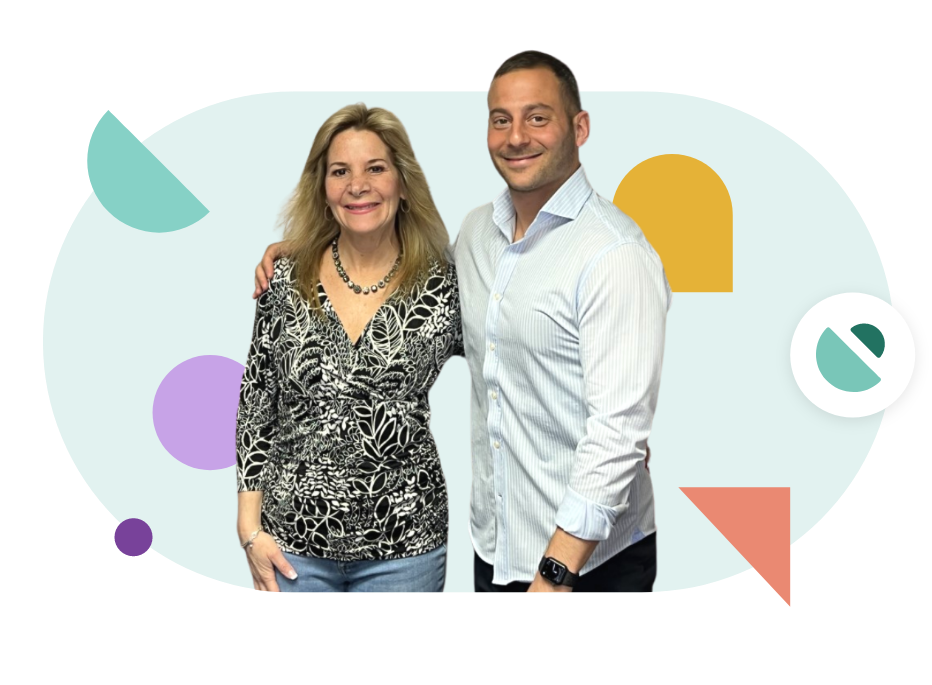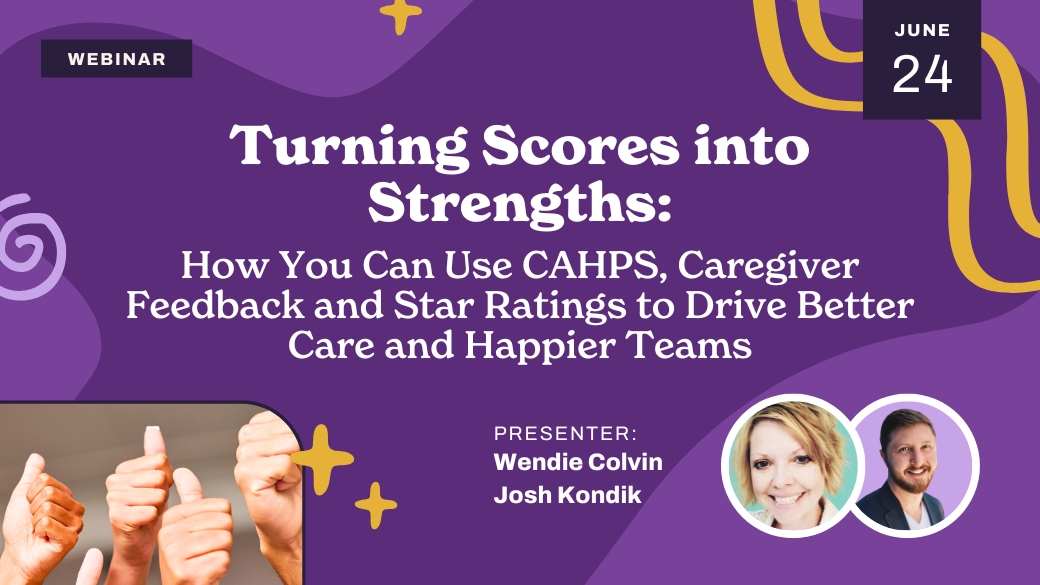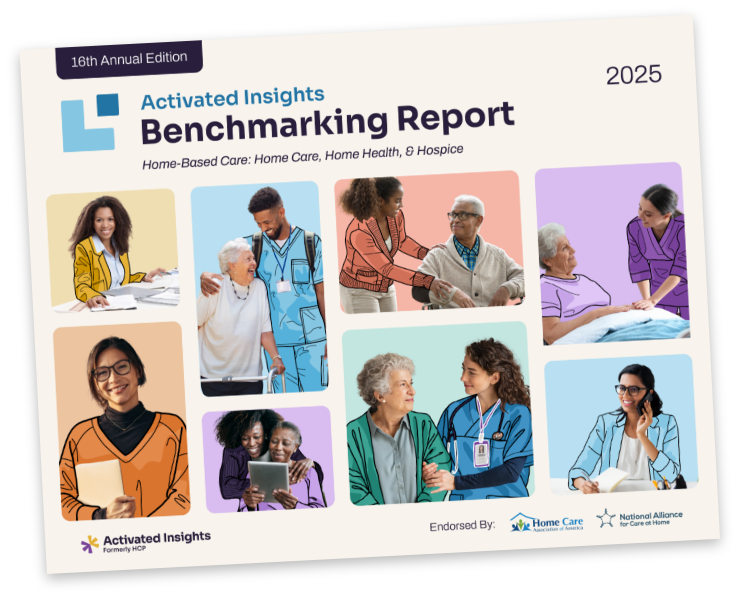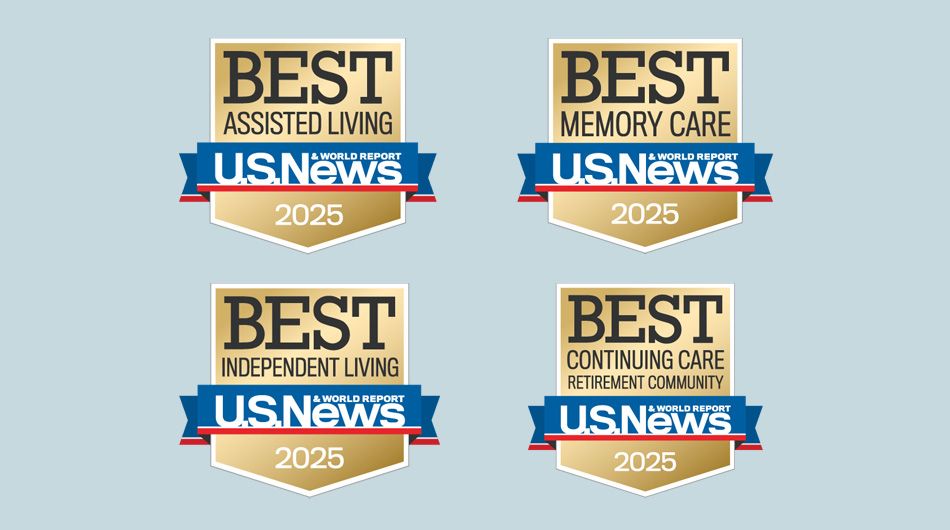Let your agency’s first impression do the recruiting. Attract new hires by delivering what your caregivers are really looking for in their new employee onboarding.
The right onboarding experience can make your caregivers 70% more likely to stay with you for more than 3 years.
But over one third of companies do not have a structured onboarding process, which may be why over half of all caregiver turnover happens within the first 90 days.
This is because, while onboarding and orientation may sound similar, the two words are not synonymous. The most successful onboarding programs extend into an employee’s first 90 days, with continued support throughout their first year.
Make your competitor’s employees envy working for you, generate interest through word of mouth, and drive more employee referrals by delivering the experience every new caregiver dreams of having:
Welcome New Hires with Onboarding Caregiver Packages
Would you rather your daughter date the boyfriend who picks her up by honking the horn from his car, or the man who brings flowers to her front door?
A simple gesture goes a long way—especially when it comes to positioning yourself as the employer everyone wants to work for. Welcome your new hires to the team with onboarding care packages to impress them from the start.
For your new hires, care packages will drive excitement, demonstrate your agency’s appreciation, and offer them a new sense of identity within your company.
Care packages are an easy way to gain brand awareness as grateful new hires post about you on social media, raise your agency’s profile through word of mouth, and drive referrals for more new caregivers.
To gain all the above benefits for both your agency and employees, make your onboarding care packages purposeful by including items like:
Invest in your new hires from day one to see them invest in you for years to come.
Set the Tone with Orientation Training
Consider adding “culture influencer” to your trainer’s job description, because they play a huge role in the success of your agency’s culture and your new hires’ first impression of your agency.
While employee recognition, office dynamic, and organizational communication are all crucial aspects of your agency’s culture—your agency’s training is the most important of all.
That’s because lack of training has risen to the top caregiver complaint this year, which means your agency can turn heads by excelling at it.
In our podcast episode with the Director of Nursing at BrightStar Care Central Denver, Daisy Dalegowski shares that your trainers need to love what they’re doing, because their attitude can make or break the employee experience as they set the tone for what it is like to work at your agency.
She suggests creating an unforgettable training experience by:
According to the latest Activated Insights Benchmarking Report, agencies who offer at least 8 hours of orientation training see a $363,000 increase in annual revenue, compared to those who offer 3 hours or less.
Providing thorough and upbeat training will ensure you aren’t discounting the inexperienced candidates, but instead are attracting new hires eager to learn.
Organize Social Media Photo Opportunities
In the recruitment business, an employee’s picture capturing what it’s like to work for you is worth a thousand words of peer endorsement.
Yet the average new hire onboarding experience consists of 54 clerical activities and 0 photo opportunities—guaranteed to drive 0 engagement on social media.
It’s no wonder why 58% of employees believe their onboarding process focuses too much on processes and paperwork.
The Activated Insights Benchmarking Report revealed that, although job boards like Indeed recruited the most new hires, their turnover rate exceeded the industry average at 85%! But almost half of all new hires recruited through employee referrals are proven to stay with a company for 4 years, or twice as long as those recruited through job boards.
Create photo opportunities within your onboarding process so your new hires talk about you on social media and begin directing referrals your way:
Pique the interest of prospective hires in your area by treating your caregivers like celebrities worth commemorating.

Connect Your New Hires with Current Employees
Your new hires just joined a team of caregivers—so let them bond!
Nobody wins a game without knowing which team they’re on. While nearly all employers pitch their outstanding team environment, most forget to allow time for team bonding.
70% of employees say that friends at work are the most crucial element to a happy working life. In fact, 58% would refuse a higher-paying job if they didn’t get along with their coworkers.
Pair your new hire up with a current employee who can act as their mentor to smooth the transition in their first 6 months. Implementing a peer mentorship program:
Peer mentoring creates bonds between employees that increase employee satisfaction and productivity. However, only 1/3 of hiring managers see this as an important step in the onboarding process.
Differentiate your onboarding process by offering emotional support for your new hires from their very first contact.
Send a “How Are we Doing?” Email
Don’t let a resignation letter be your caregiver’s first opportunity to give you feedback.
Ensure your onboarding process meets all your new hires’ expectations by gathering their feedback in real-time. Request your new hires fill out an online review after their first 30 days of employment to get a pulse on what you can do to improve the experience.
Not only does soliciting new hire feedback improve your relationship with them by 91%, it also gives you the exact data you need to prevent them from turning over and helps you recruit more new hires like them.
As the saying goes, they may not remember everything you did, but they’ll always remember how you made them feel.
Following Through with Your First Impression
Onboarding is an ongoing practice. After integrating a new employee into your agency, now’s the time to deliver what you promised in onboarding.
Follow through on your commitment to put your caregivers first by continually checking in on what they want from you.
Be the employer your competitors’ employees compete to work for by gathering your caregivers’ feedback beyond onboarding to see long-lasting employee engagement.
Learn more:
Related Posts







